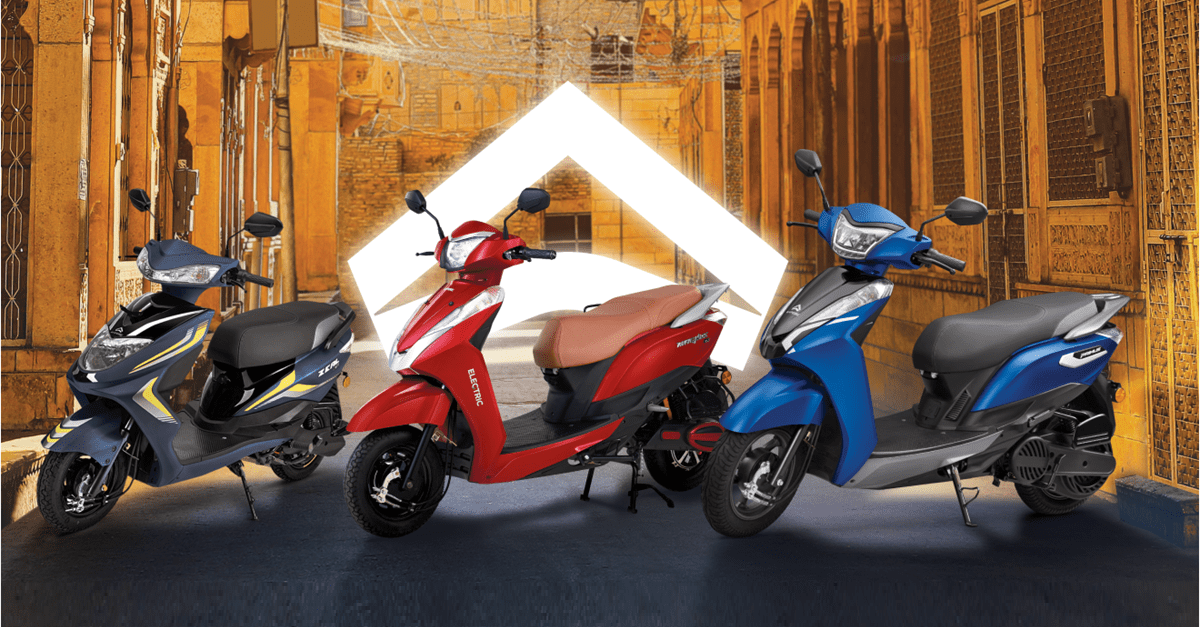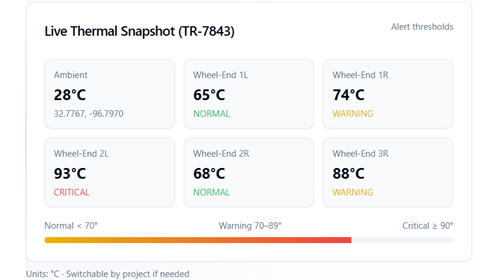
/
December 14, 2021
/
#
Min Read
Start Saving Millions on your Telematics OPEX Costs
Who doesn't remember the seminal moment in the HBO show Silicon Valley, when the small startup Pied Piper achieved a Weissman Score of 3.8 and thus leapfrogged the competitor? But the Silicon Valley in Silicon Valley is fiction, the startup Pied Piper fictitious and the Weissman Score is a fictional metric as well.
So, this is all just figments of the imagination? It in fact is not. What the writers of Silicon Valley correctly grasped is the importance of data compression today. The automotive sector in particular is transforming rapidly across multiple dimensions in both technology and business models and connectivity is the key enabler. This means a steadily rising volume of data collected and transmitted and makes data compression a crucial tool for the control of operational expenses.
Not only is the volume of data from connected vehicles rapidly growing, the connected vehicle market is expanding beyond the traditional retail 4-wheel vehicles and now includes micro-mobility 2-wheelers all the way to heavy duty trucks, buses and earth moving equipment. This means that data transmission costs will come into focus for a great number of OEMs.
Sibros` Deep Connected Platform enables such OEMs to save money, reduce risk and offer more value added services. The Deep Connected Platform provides precise and flexible data logging, coupled with multiple levels of data compression. Our data compression not only reduces operational expense for our customers, but paves their way for more insights, helps to obviate warranty and repair issues and enables the provision of additional services. As we will show below, Sibros` customers are enabled to realize cost advantages which can amount to millions of dollars.
To achieve these benefits, the Sibros OTA Deep Logger supports both POSIX and embedded (microcontroller) solutions that provide highly efficient connected vehicle data transport technology.
Let us now have a closer look at Embedded Microcontroller Data Logging and POSIX Telematics Offering, respectively, with some calculations of the possible cost benefit.
Embedded Microcontroller Data Logging
OTA Deep Logger supports compression with minimal CPU computation and RAM cost. This feature requires RAM for the hash table that is used during the compression operation. Sibros provides a pre-configuration as well as recommended options that abstract away the manual memory allocation.
The second consumer of the RAM is the compressed artifact itself. Sparing some details, the OTA Deep Logger initialization is abstracted away and can be referenced to customize advanced options of the compression library.
Deep Logger was profiled with realistic CAN messages of 1000 bytes of payloads on an ARM Cortex-M4 CPU. Sibros was able to achieve approximately 50% data compression with only 1800 micro-seconds of CPU computation time.
In the following table we show the benefit in practical, financial terms. In this table the number of vehicles in the second column could for example be the fleet of a premium European motorcycle manufacturer. The number in the third column would be typical for a major producer importing automobiles into the U.S. market.
As we see, utilizing only a minimal amount of RAM and CPU, a customer operating a fleet of 500K units can expect to save over six million dollars on year over year wireless operating costs:

Details of the OTA Deep Logger:
Written in C99
Compiler Agnostic
Fully Unit Tested (100% branch & line coverage)
MISRA C 2012
SEI Cert C
ISO 26262 Functional Safety
POSIX Telematics Offering
The story gets even better for OEMs using the Sibros Deep Logger running on a POSIX Telematics unit. Sibros delivers up to an incredible 95% data compression when sending CAN logs in the measurement data format (MDF), compared to existing Telematics offerings. The compression is made possible through three important designs incorporated into our software:
- Compression with minimal CPU computation and RAM cost
- Data serialization protocol
- Handling of different file types for example PCAN and MDF
In the chart below, we estimate that an OEM using the Sibros Deep Logger platform can reduce their operational wireless transport costs by over $10 million per year. In this example, we lowered the average amount of data logged when the fleet size goes beyond 500,000 vehicles.
Again, a fleet size of 500,000 would be typical for a major producer importing automobiles into the U.S. market. The number of 2 million vehicles in the third column would apply to a major U.S. vehicle manufacturer.

Details of the POSIX Sibros Deep Logger:
MISRA C 2012
AUTOSAR C++ 2014
ISO 26262 Functional Safety
IEEE-ISTO 6100.1.0.0 Uptane Standard
Secure Data Transfer
Conclusion
Embedded connectivity is rapidly becoming a standard offering for all mobility products. This means more demand for and use of vehicle data.
An OEM using Sibros` platform will be enabled to:
- Significantly lower warranty expenses through early detection and containment of design and manufacturing defects.
- Deliver full vehicle software updates over-the-air and thus to improve customer satisfaction, because owners are spared time consuming trips to service centers for updates, recalls and repairs.
- Improve future designs because of deeper insights into how products are being used and are performing.
- Provide a rich set of value added customer features.
- Significantly reduce the costs for data transmission while doing and providing all this, thus not only generating more profit but potentially rendering more services and options economically viable as well.
And for all of this no fictitious Weissman Score is needed. We save real money for our real customers and help to create real opportunity. Contact us today to get started.






-min.png)



